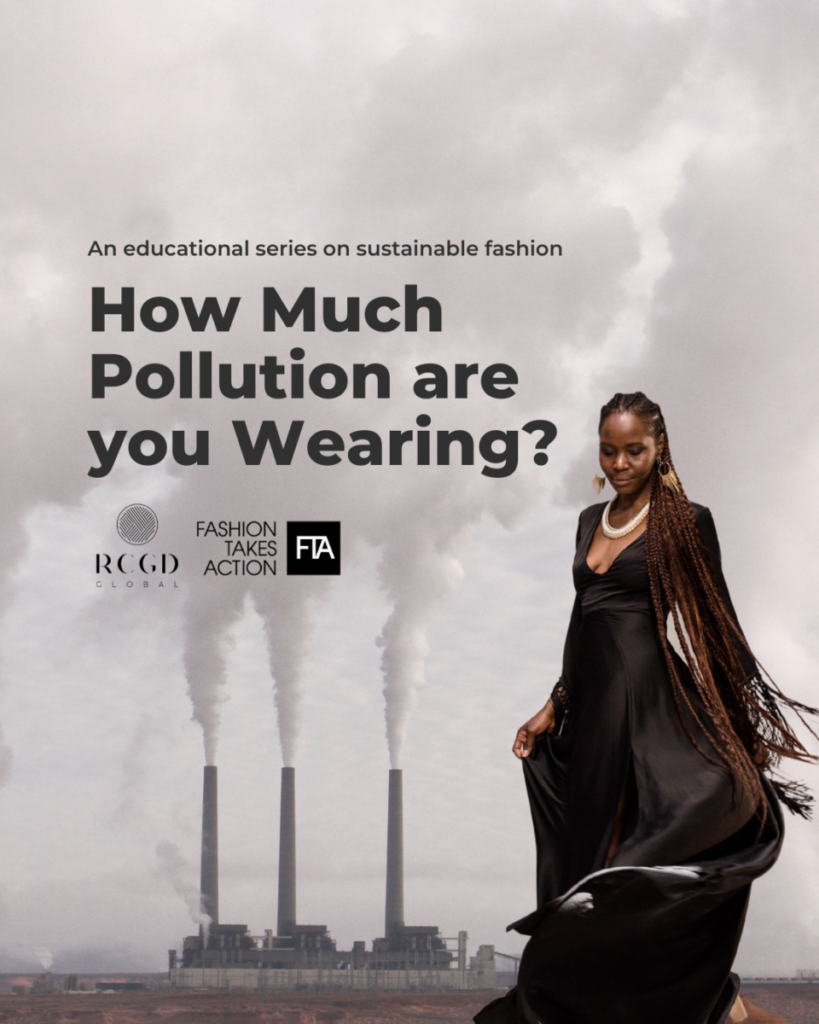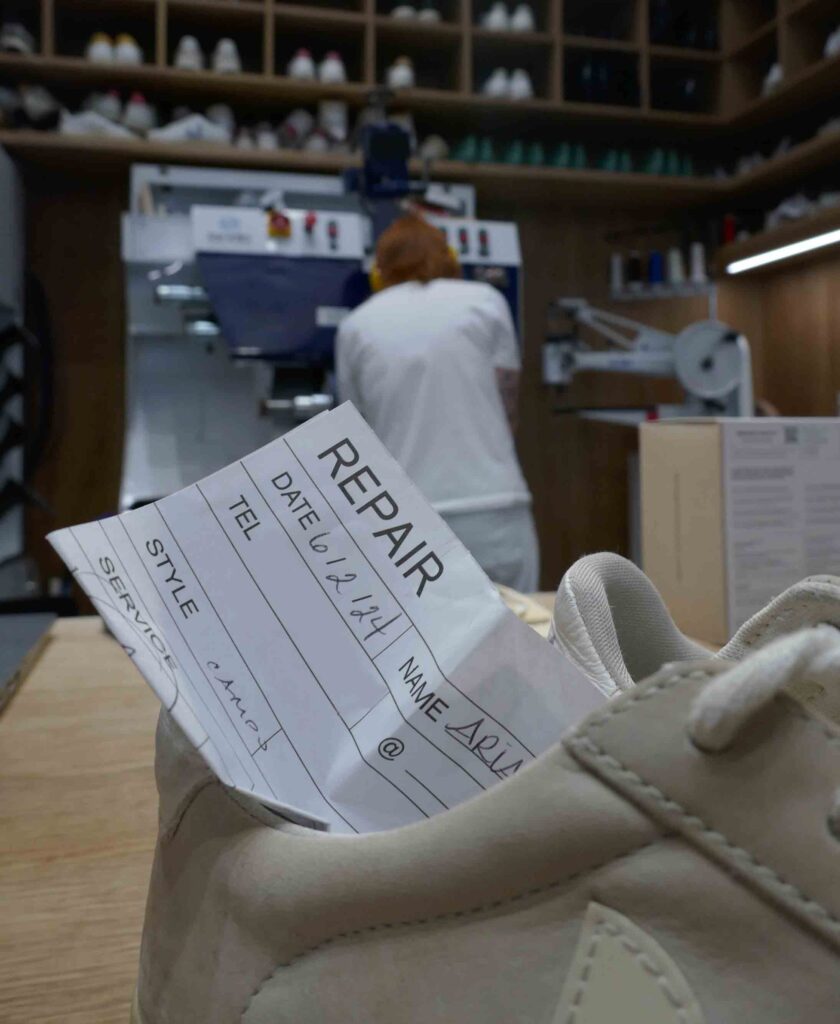Read Highlights From The 1st U.S Fast Fashion Waste Report

Share This Article
The government released the 1st of its kind- a report on the impact of fast fashion waste. Read the highlights and tips to avoid waste.
| All products featured on The Wellness Feed are independently selected by our editors for their environmental and ethical impact. However, we may earn an affiliate commission when you buy something through our retail links. |
The government is getting involved in fast fashion’s waste problem. For the first time ever, a federally mandated report on the impact of fast fashion has been released. For those in the know, like founder of the Slow fashion Caucus Rep. Chellie Pingree, the results from the report are facts that have been circulating for years. Now, the devastation the fast fashion industry is having on our planet is neatly documented in a report for the nation to see.
Fast fashion is responsible for a staggering 92 million tons of textile waste every year, according to recent findings from the Government Accountability Office (GAO). This eye-opening statistic highlights the extensive negative impact of a culture focused on quick and cheap clothing. The first federal report on fast fashion’s effects gives much-needed attention to this issue. It brings into light not just the environmental harm, but also social and economic challenges linked to this industry. This article aims to shed light on these findings and offer tangible steps we can take to help reduce fashion waste.
The Federal Report: Key Findings on Fast Fashion’s Environmental Impact
The GAO report presents alarming truths about fast fashion’s consequences for our planet. Here are some key takeaways:
- Environment Damage: The report notes that fast fashion contributes to significant water pollution and greenhouse gas emissions.
- Water Use: For instance, producing just one cotton t-shirt requires about 2,700 liters of water—enough for one person to drink for two and a half years.
- Textile Waste Statistics: It emphasizes that only 15% of discarded clothing is recycled, with the rest ending up in landfills where they can take decades to decompose.
- Economic Costs: The report highlights that inefficient practices in the fast fashion sector lead to a loss of potential revenue in resale markets and increased waste management costs for governments.
Fast fashion waste doesn’t only hurt the environment; it also has serious social implications. The production of cheap clothing often comes at the cost of worker rights:
- Labor Exploitation: Workers in many countries face poor wages and unsafe conditions. Some well-known brands have been criticized for their labor practices.
- Ethical Controversies: Violations of labor rights continue to be a pressing issue. For example, brands linked to sweatshops demonstrate a troubling trend in the industry.
- Social Inequality: These practices disproportionately affect marginalized communities, revealing a direct link between fast fashion and social injustice.
Understanding the Lifecycle of Fast Fashion and its Waste Generation
Fast fashion creates waste at every stage of its lifecycle:
- Raw Material Extraction: The process starts with resource-intensive farming and petroleum extraction for synthetic fibers.
- Manufacturing: Production generates pollutants and enormous waste. Factories often discard significant scraps of fabric.
- Transportation: Shipping garments contributes to carbon emissions and further environmental damage.
- Consumption: The trend of buying clothes for short-term use leads to a massive uptick in discarded items.
- Disposal: Many of these clothes end up in landfills, where they contribute to soil and water pollution.
The materials used in fast fashion, such as polyester and nylon, take hundreds of years to decompose, posing long-term threats to our environment.
Practical Strategies to Reduce Your Fashion Footprint
You have the power to make a difference. Here are some actionable strategies:
- Buy Less: Focus on quality over quantity. Ask yourself if you really need that new outfit.
- Choose Sustainable Brands: Support companies dedicated to ethical practices. Examples include Patagonia and Everlane, which prioritize quality and transparency.
- Extend Garment Life: Take good care of your clothes. Tips for maintenance include:
- Wash in cold water and air dry.
- Repair small damages instead of discarding.
- Explore upcycling options to repurpose old clothing.
Beyond Individual Actions: Systemic Change in the Fashion Industry
While personal choices are vital, broader systemic changes are crucial.
- Government Policies: Regulations can help hold companies accountable for waste management and ethical labor practices.
- Industry Initiatives: Collaborative efforts can create a culture of sustainability. Programs like the Fashion Pact promote environmentally-friendly practices within the industry.
- Innovative Solutions: Brands are developing recycled materials and adopting zero-waste design principles, paving the way for a more sustainable future.
The findings from the recent federal report reveal a pressing need for action against fast fashion’s harmful impact. From environmental degradation to social injustices, the effects are far-reaching. It’s crucial for each of us to adopt sustainable practices and advocate for systemic changes in the industry. Together, we have the potential to reshape the fashion landscape for the better. It’s time to support a future where style does not come at the detriment of our planet and its people.




